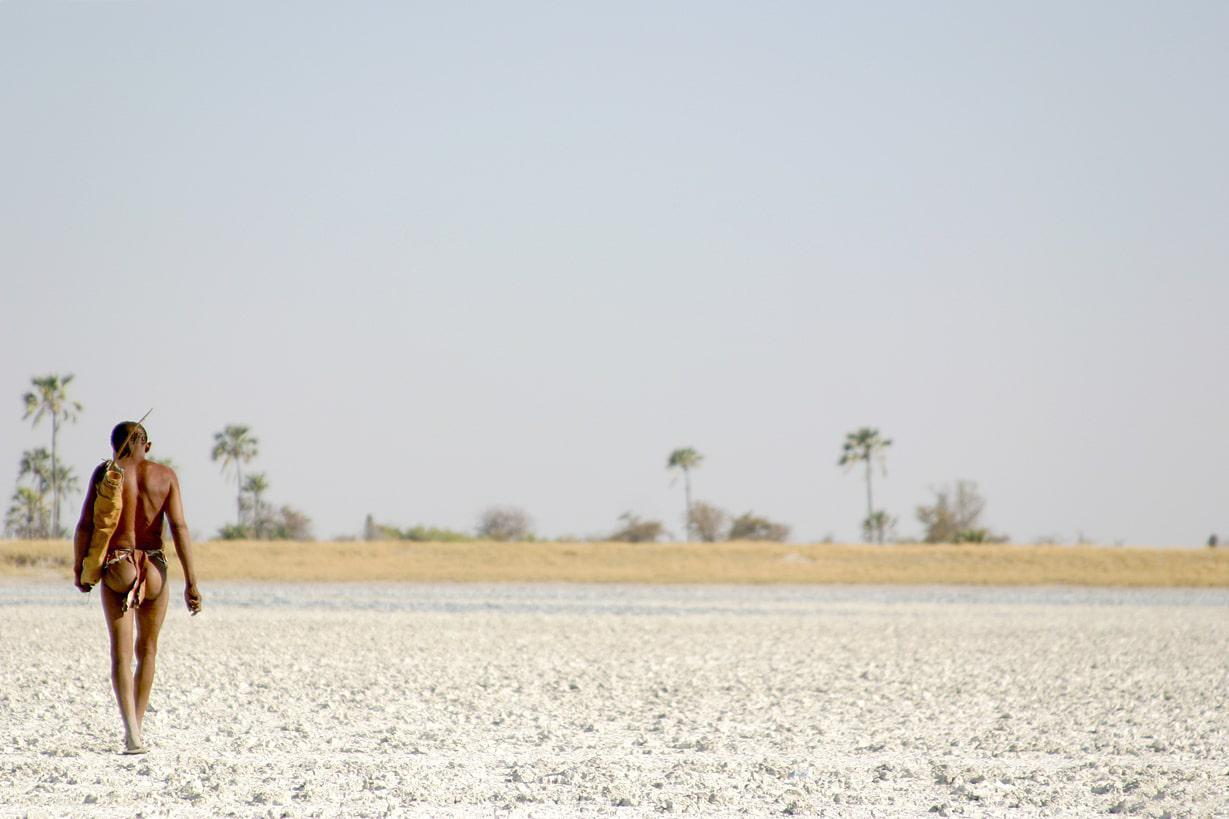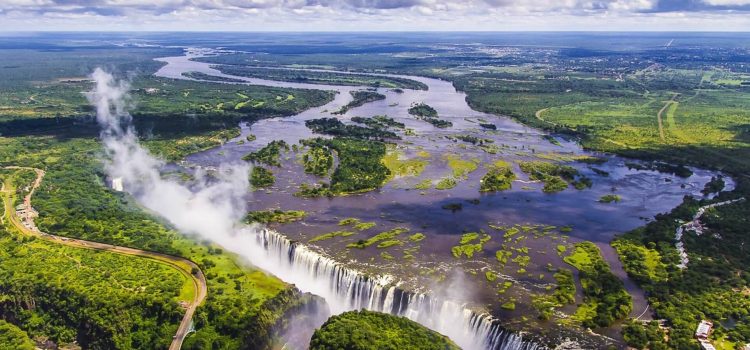Botswana has a unique and special appeal to the safari seeker, situated as it is on the edge of the vast Kalahari desert but within reach of the annual rains of sub-tropical southern Africa. This brings water to a thoroughly dry area, famously known as the Makgadikgadi Salt Pans – a vast, horizonless – former lake. Arrive at the right time of the year and you’ll witness a crowd of thirsty species frolicking in the wetlands.
There are four camps run by Uncharted Africa, each having an enviable position here, which is why they have attracted celebrity visitors over the years.

Jack’s Camp is a homage to the late Jack Bousfield, who’s eye for a perfect location is echoed in this position on the edge of the shimmering salt pans. It was voted No. 1 in the Condé Nast readers’ poll of safari camps, and when you experience the stylish tented suites, complete with plunge pools and even a mini-museum of the San people’s lives, you’ll understand the uniqueness of it.
As one of the original camps in the area, established some 20 years ago, it is well noted for expertise in offering a complete safari experience, with guides (San and others) who understand the elusive nature of some of the rare animals you might see on these grassy plains. This includes the rare brown hyena and ‘armoured’ aardvark. In 2003, Jack’s son Ralph and his partner Catherine renovated the camp to ensure it maintains its regal atmosphere, and they continue to oversee the standards that have impressed many visitors.

Makgadikgadi is an extraordinary place and an intriguing day trip by quad bike. It’s surrounded by a vast plain of grasslands that come alive in the rainy seasons (year-end), attracting a formidable array of wildlife that is best seen by organized game drives or bush walks.
San Camp is a more romantic affair, though equally comfortable with its colonial era mess tent. This camp only opens during the dry season (16 April to 15 October), sits right on the edge of the salt pans, and affords the visitor that great wide-open-space feeling that these African plains are famous for.

If you are enchanted by meerkats, you’ll be delighted by their antics as they dart around, stopping to ‘stand up’ and keep an eye on their ‘guests’. Come at the right time of the year and the rains attract all sorts of animals, including wildebeest, zebra and great white pelicans.
This is one of the few camp concessions adjacent to this unique part of the Makgadikgadi Pans Game Reserve. To further minimise the impact, the entire camp is run off solar energy.
The choice family destination of the three is certainly Planet Baobab, which is famed for having the coolest and largest pool, as well as the funkiest bar and restaurant in the whole of the Kalahari. On the road from Francistown to Maun, you can’t miss this camp for the giant anteater statue and its colourful rondavels.
There’s a certain sense of humour to this camp – no tents – with a choice of activities to keep the kids amused. It’s a traditionally styled ‘Kalanga’ village, more in touch with the locals than the colonials, and it sits in the acacia thicket among giant baobab trees that are the true star of the show in this corner of the desert.
Elephants show up daily by the dozens at the nearby watering hole, and game walks and drives in the rainy season never disappoint the camera.

Finally, the recently redesigned Kalahari Camp is the low-key, relaxing, alternative to round out your choice. It’s quiet, unpretentious and offers a similar experience and game viewing opportunities as the other three.
Perfect for families, the camp has prime position on the salt pans and is decorated in an eclectic style of local and colonial influences. One particular attraction in the vicinity is one of the largest baobabs on record, which is no mean feat if one considers that they are the largest species of tree on earth.
Ongoing research into the brown hyena and meerkats, along with a respectful approach to the San’s culture, set these camps apart from the rest.



